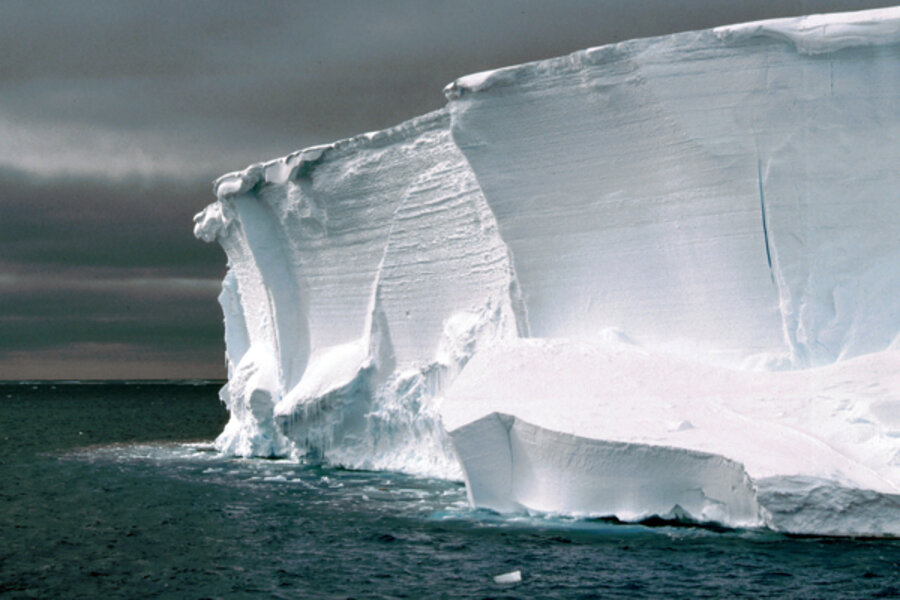As Antarctic ice streams speed up, major ice melt triggered inland
Loading...
Antarctica's ice streams flow like giant frozen rivers on the edges of the icy continent. These narrow glaciers already move more quickly than the ice surrounding them, but their flow will speed up even more in response to warming oceans, new research finds.
And this rapid movement could trigger major thinning in the interior of the Antarctic ice sheet, contributing to global sea-level rise, the study warns.
"It has long been known that narrow glaciers on the edge of the Antarctica act as discrete arteries termed ice streams, draining the interior of the ice sheet," a researcher involved in the study Chris Fogwill, of Australia's University of New South Wales, said in a statement.
"However, our results have confirmed recent observations suggesting that ocean warming can trigger increased flow of ice through these narrow corridors. This can cause inland sectors of the ice sheet — some larger than the state of Victoria — to become thinner and flow faster," Fogwill added.
In the study, published this week in the Proceedings of the National Academy of Sciences, the researchers analyzed simulations of ice-stream movement to see how it would affect the entire ice sheet. They factored in rising ocean temperatures. [Album: Stunning Photos of Antarctic Ice]
In the simulations, ocean warming set off relatively localized acceleration of the ice streams, but sparked far more widespread thinning over the rest of Antarctica, the researchers said. Glaciers in the Weddell Sea, the Admundsen Sea, the central Ross Sea and in the Amery Trough responded most rapidly to warming oceans in the simulations, the team found.
Other recent research found the Filchner-Ronne Ice Shelf in the Weddell Sea, thought to be isolated from the open waters, is actually at risk for melting as warm ocean currents invade its underbelly, melting the shelf below.
Such dynamic shifts in the Antarctic ice sheet could have global consequences.
"To get a sense of the scale, the Antarctic ice sheet is 3 km [or 1.9 miles] deep — three times the height of the Blue Mountains (in Australia) in many areas — and it extends across an area that is equivalent to the distance between Perth and Sydney," Fogwill said, referring to cities on opposite sides of Australia.
The new modeling results may also add to forecasts about Antarctica's contribution to global sea levels, the researchers pointed out. In fact, the continent's effect on future sea-level rise was not fully accounted for in the most recent report by the Intergovernmental Panel on Climate Change (IPCC), the international body charged with assessing climate change, the researchers noted.
Follow LiveScience on Twitter @livescience. We're also on Facebook & Google+.





